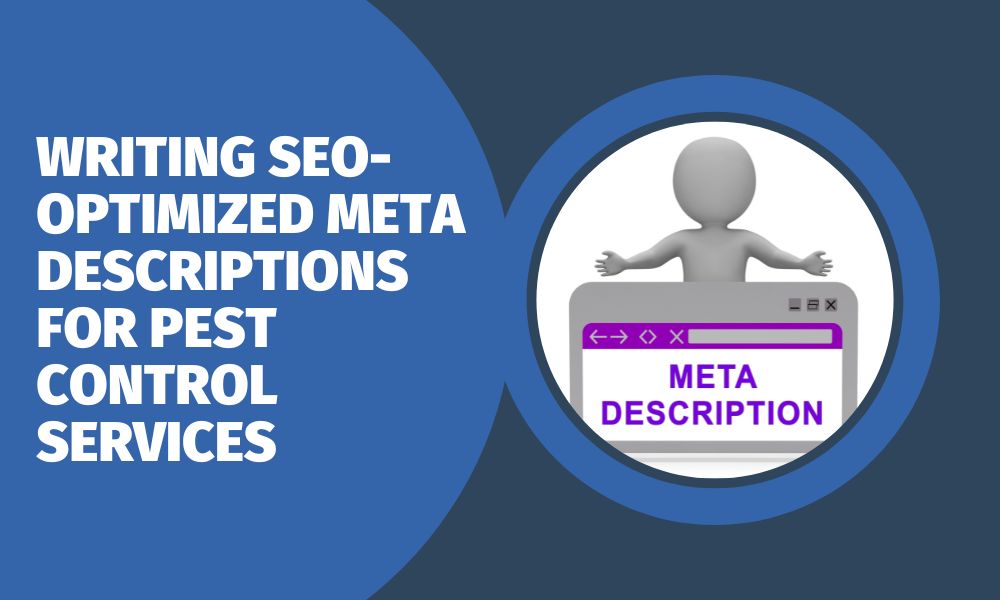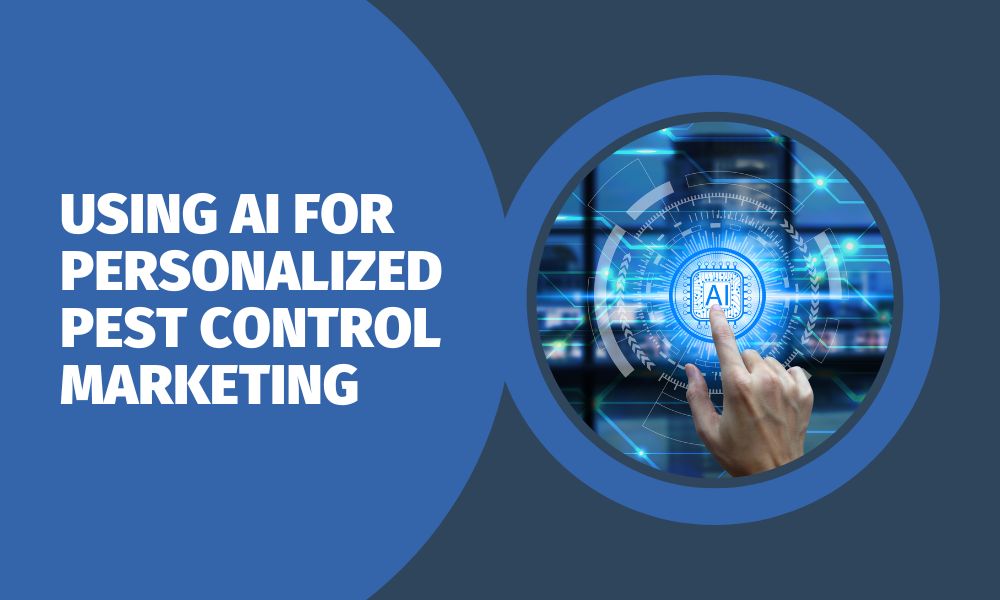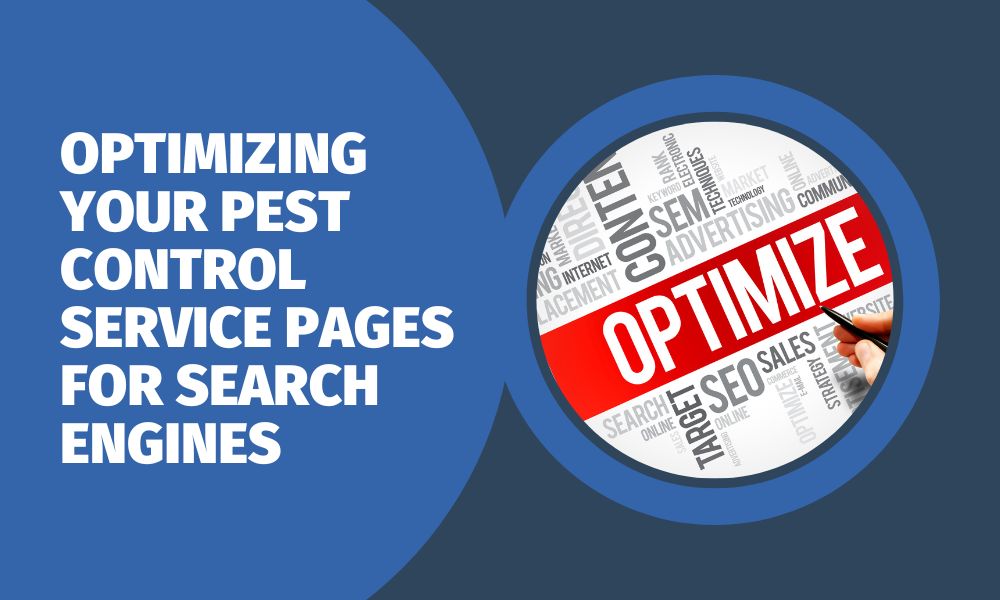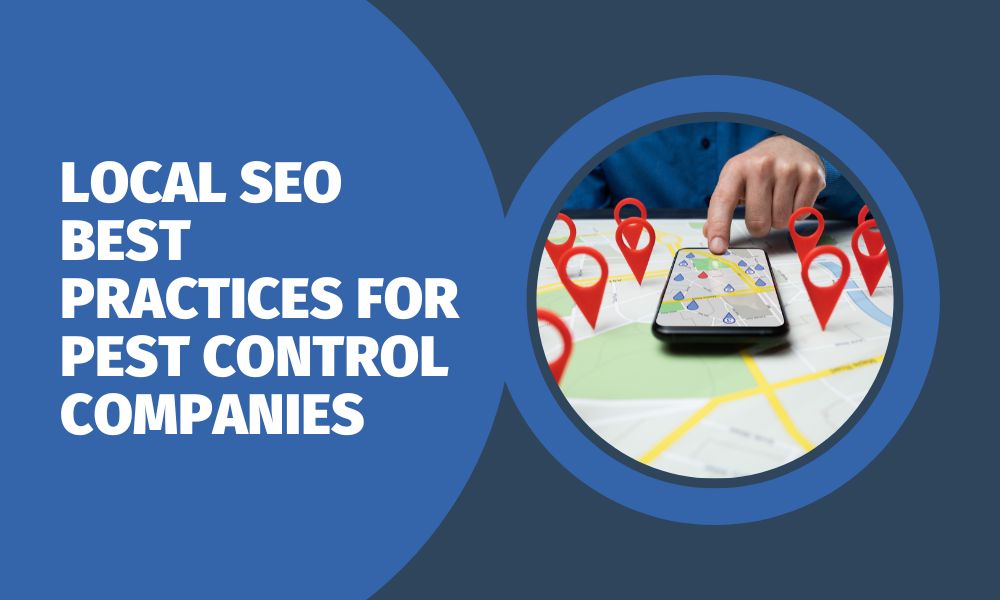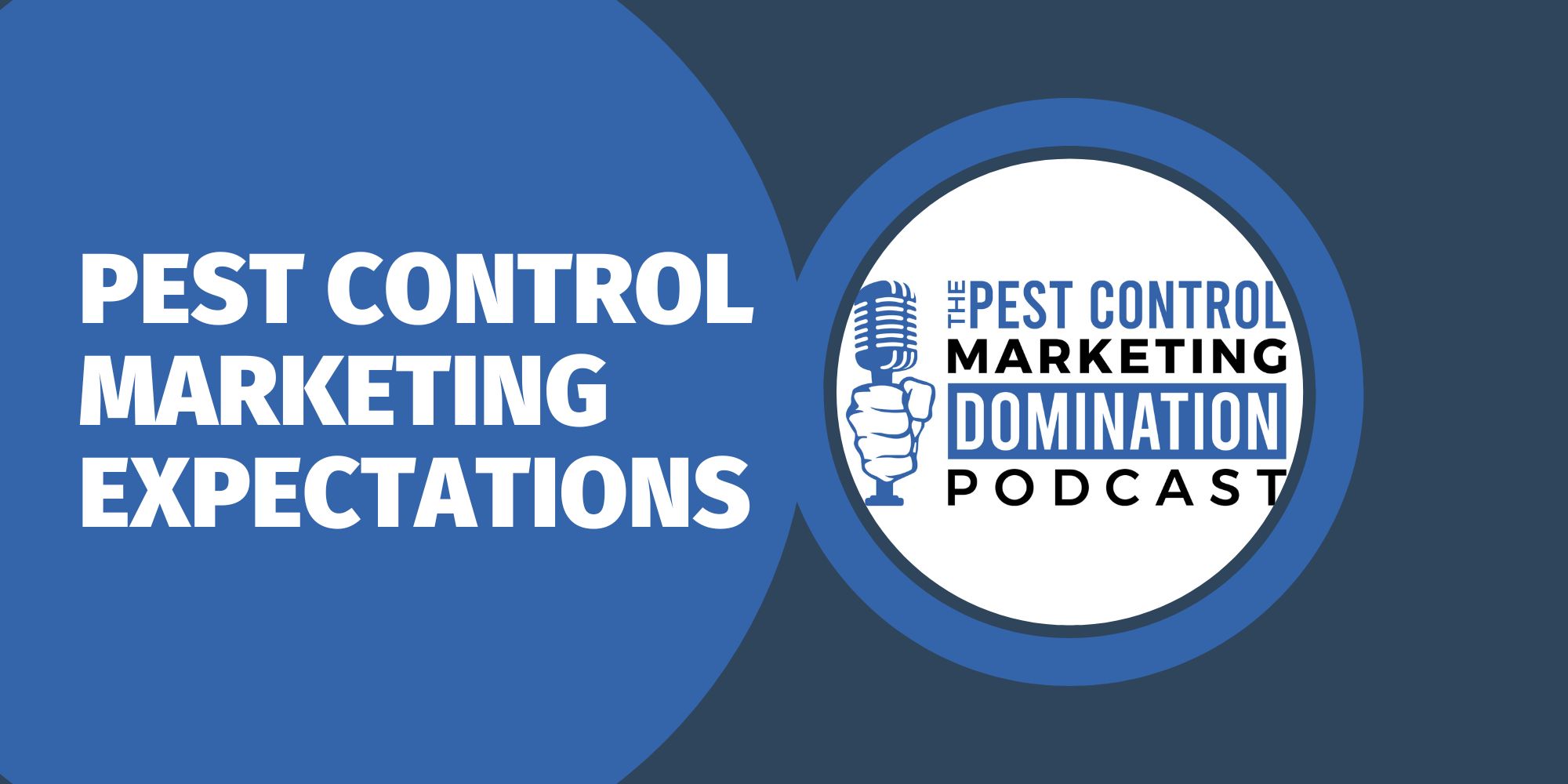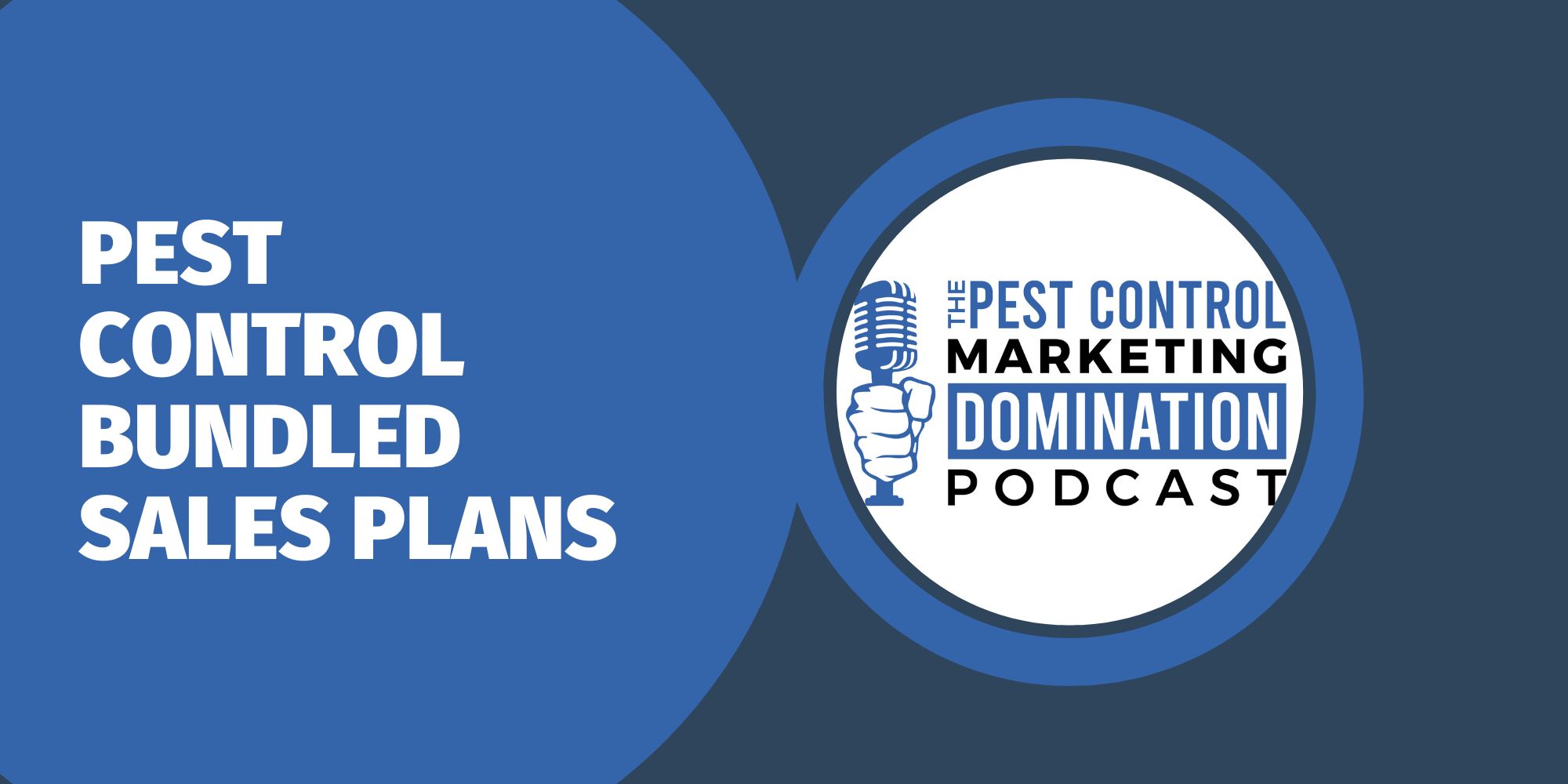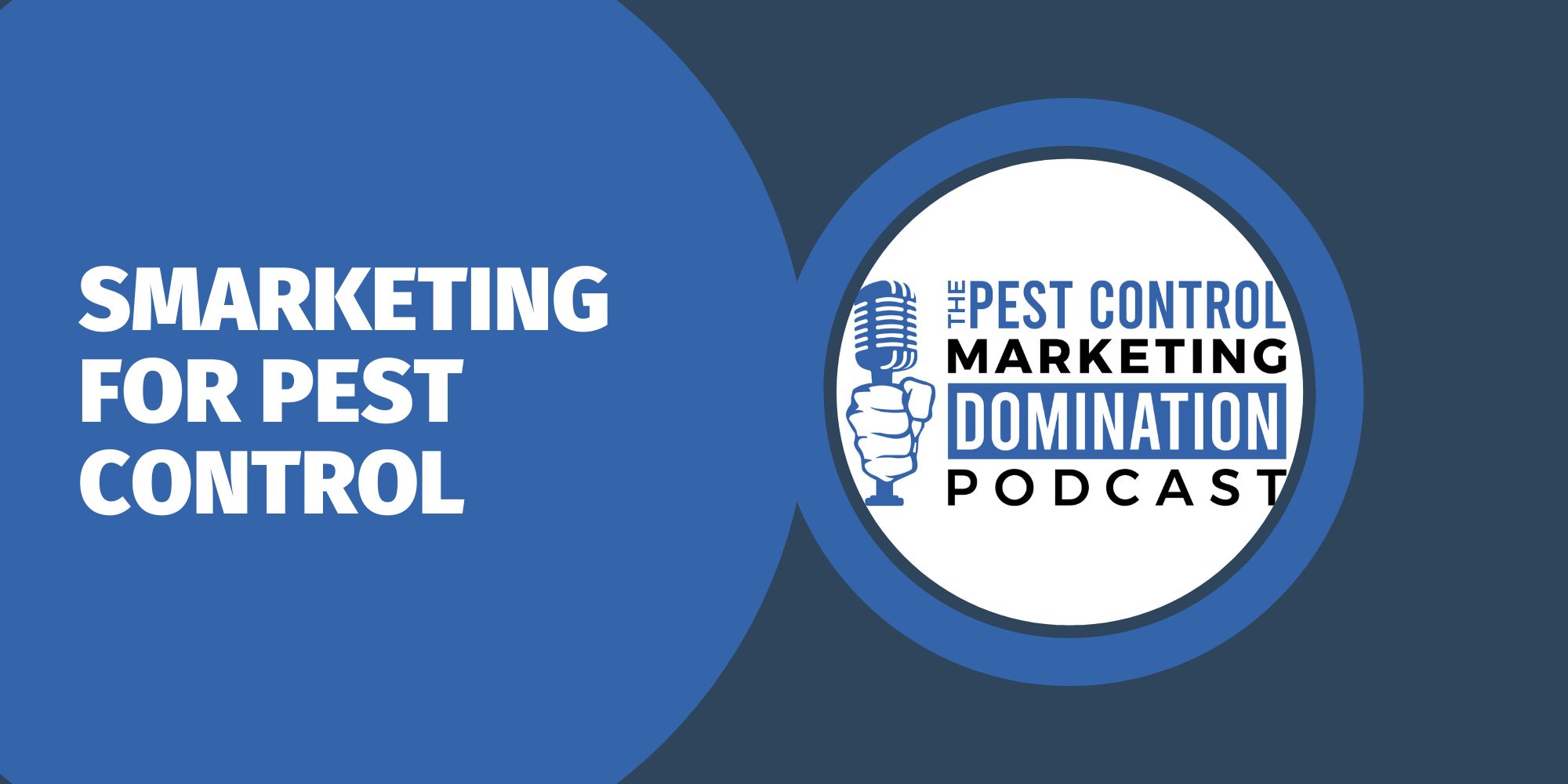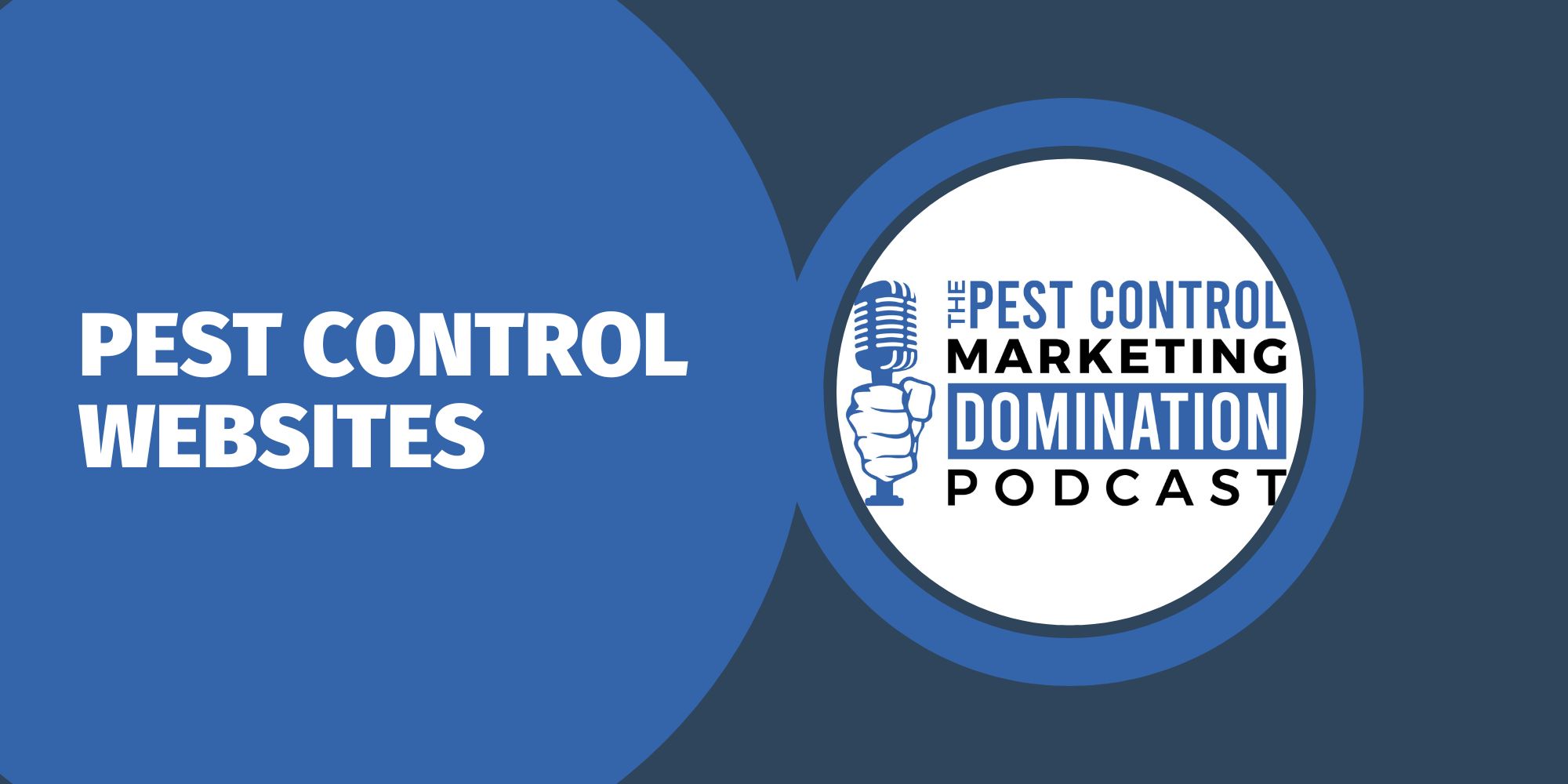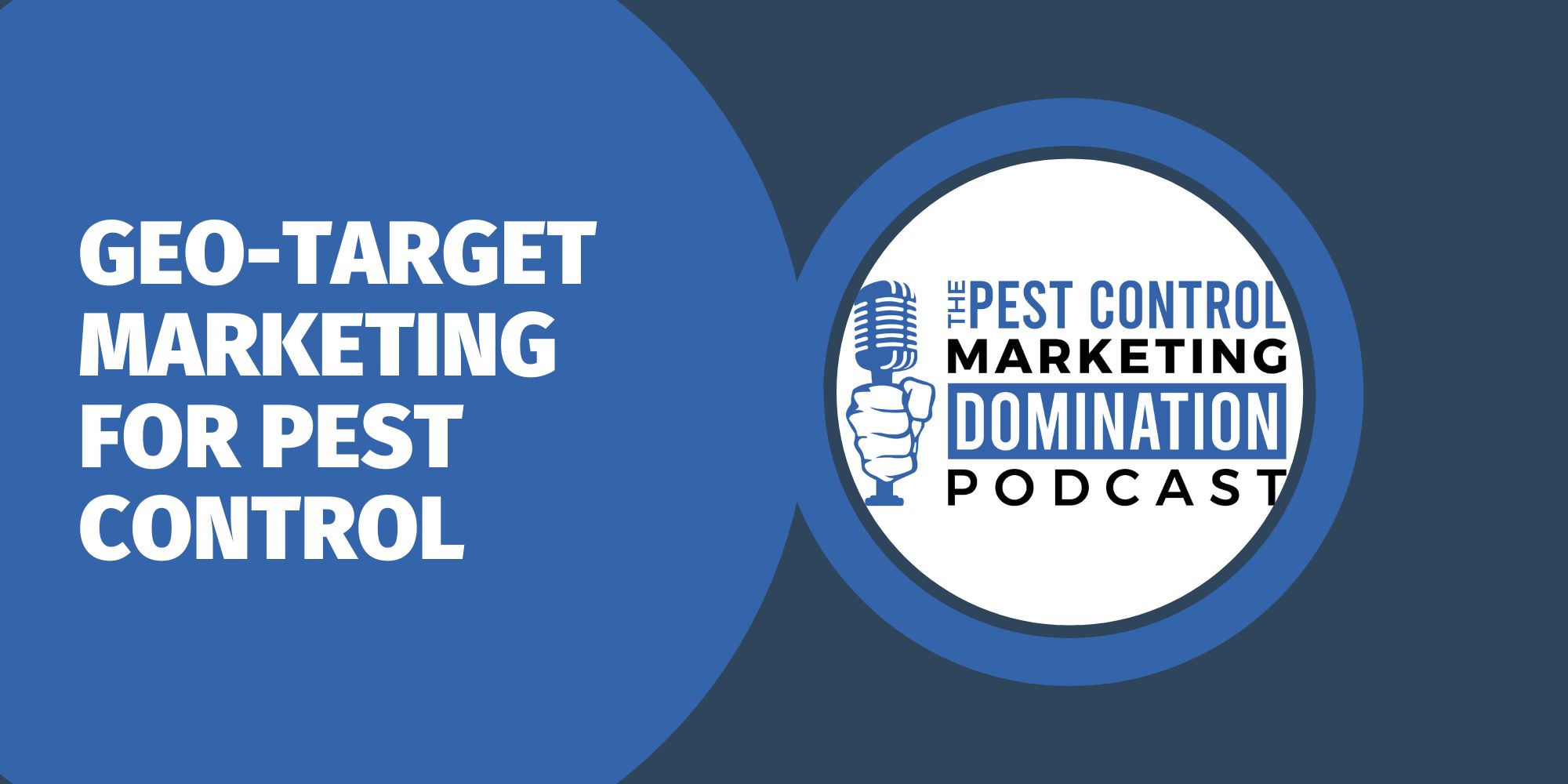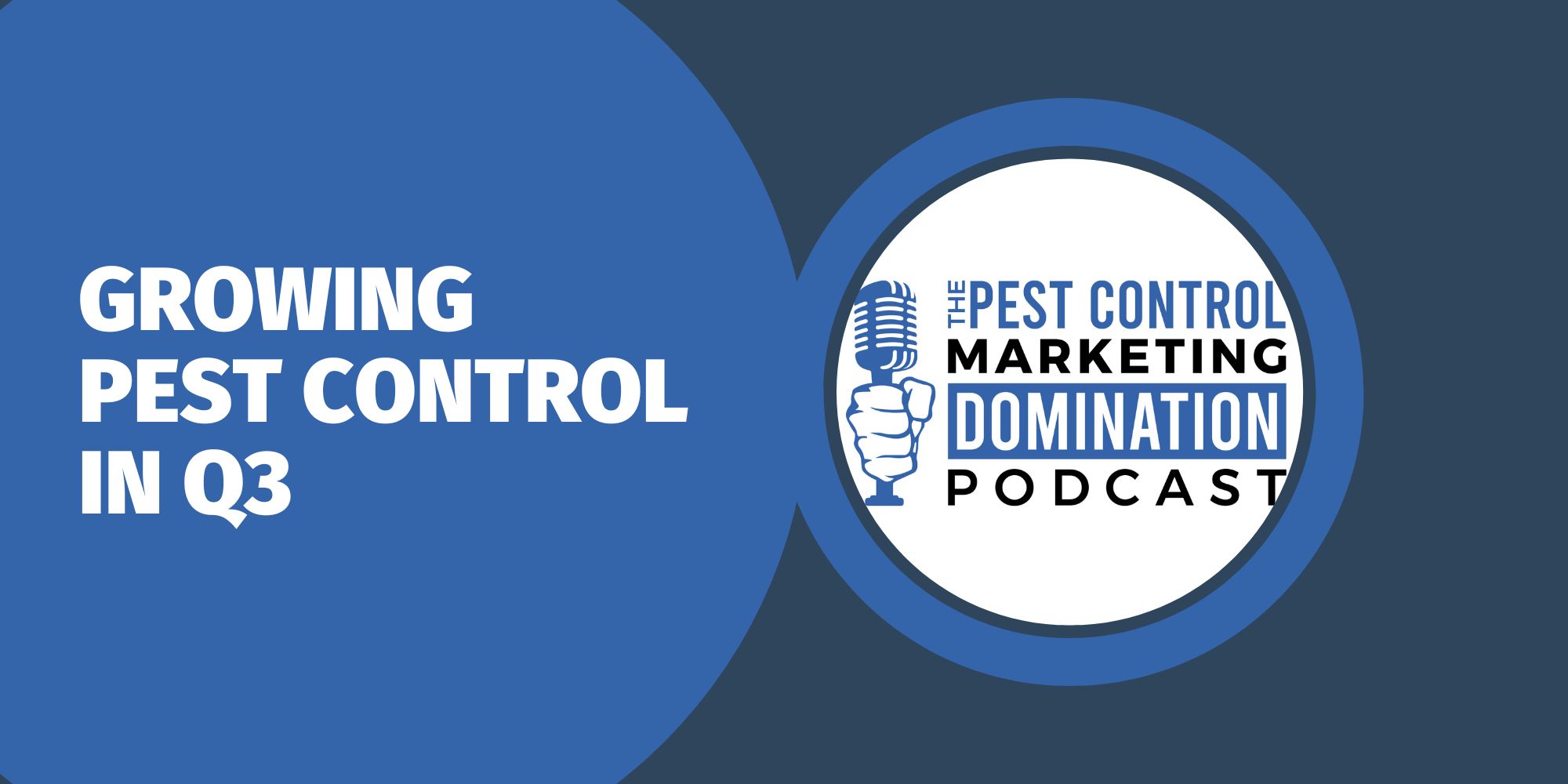With the majority of consumers turning to the internet to find local companies, pest control businesses need to have a strong web presence to attract the customers they need to increase their revenue. In today’s digital age, the importance of securing a high ranking on popular search engines like Google cannot be overstated. Statistics show that nearly 70% of all clicks go to the top three search results making it critical to secure a high ranking.
In the realm of pest control, standing out from numerous local competitors can be quite the challenge. Even within your local area, you’re likely contending with a dozen or more competitors, each vying for the attention of potential customers. The harsh reality is that if your website doesn’t rank prominently, it might as well be invisible to a vast portion of your target audience. If you find your website buried beneath competitors, it’s indicative of a potential major problem. The good news is there are numerous strategies and tactics at your disposal to boost your search engine rankings.
Tip #1 – Rethink Your Website Structure for SEO Success
In the past, pest control businesses often established a basic online presence, offering fundamental information such as services, contact details, and a brief About Us section. This mere checkbox approach is no longer effective in today’s world. A minimalistic strategy won’t help you in your mission of achieving high search engine rankings.
Since search engines aim to match their users with the most relevant and useful information, the more precise and specialized your content, the greater the likelihood of resonating with specific customer search criteria. For example, having a dedicated page for ant control will naturally rank higher than a page that focuses on a dozen different types of pests.
Taking it a step further, you can also create multiple pages with similar content but tailored to specific locations. For instance, segregate your ant control information into distinct pages, each catering to a different city. While this may initially seem redundant, it aligns more closely with users’ specific search intents, thereby enhancing the relevance of your content.
Tip #2 – Streamline Navigation for an Enhanced User Experience
User experience is a critical factor that can influence the success of your pest control website on search engines. A convoluted menu structure or inconsistent navigation labels can swiftly drive users away, preventing them from exploring what your site has to offer. Also, a majority of your traffic will come from users on mobile devices, so you want to make sure that your website can seamlessly convert to a mobile-friendly version designed for smaller screens.
Tip #3 – Accelerate Website Loading Speed
Slow-loading websites are more than a mere inconvenience – they create frustration with users. In a world where attention spans are fleeting, a sluggish website can prompt users to abandon ship, navigating back to search results in pursuit of a faster alternative. This, in turn, signals to the search engine that your website may not deliver the sought-after information.
If your website is grappling with slow loading speeds, start by optimizing images, ensuring they strike the right balance between quality and file size. Additionally, consider reining in the number of on-page widgets, as each element contributes to the overall load time. You can also delve into your website settings, adjusting configurations that may be impeding fast loading such as streamlining code, leveraging browser caching, and employing Content Delivery Networks (CDNs).
Tip #4 – Using the Right Keywords
Before publishing content, invest time in keyword research using reputable tools to understand the frequency and relevance of keywords within your content. Avoid the trap of relying solely on common keywords. To stand out, target specific niche queries that resonate with your audience, boosting visibility amid competitors. Long-tail keywords cater to specific queries, while short-tail keywords cast a wider net, ensuring a diverse audience. It’s important to leverage both long and short-tail keywords throughout your content to maximize the potential to appear higher in search engine results.
Localize your approach by incorporating keywords relevant to the areas you serve such as city names, states, counties, regions, or specific neighborhoods. This hyper-focused approach enhances local search visibility, positioning your pest control services as the preferred choice in specific geographical locations.
Tip #5 – Elevate Your Website with High-Quality Content
The success of a pest control website hinges on the quality and relevance of its content. If your website seems to lack substance or updates infrequently, it may be time to reassess your content strategy. Make sure your website contains a wide range of useful content including blog posts, infographics, downloadable guides, and video tutorials. The more engaging your content is, the more likely people will be to keep coming back for the information you provide. As traffic increases, search engines will naturally start to recognize your website as the go-to for pest control expertise.
Tip #6 – Leverage the On-Page SEO Tools
Despite the diligence put into adding content, many individuals falter when it comes to leveraging additional on-page features. Neglecting fields such as tags, meta descriptions, target keywords, and image alt text can significantly hinder your website rankings. Each of these elements plays a crucial role in enhancing overall visibility and accessibility. Tags help categorize and organize content, while well-crafted meta descriptions influence click-through rates on search engine results pages.
Leaving these on-page options blank is akin to handing search engines a puzzle with missing pieces, hampering their ability to accurately understand and categorize your content. Taking the time to understand and actively optimize these elements contributes to a more enriching user experience and improves the chances of your pest control website standing out in search engine results.
Tip #7 – Forgetting to Connect Your Website with Other Sites
While the construction of your website and the quality of its content are undeniably important, search engines prioritize content from reliable sources. Properly connected backlinks not only boost your website’s credibility but also enhance its standing in search engine algorithms. Constructing backlinks involves creating high-quality content that encourages sharing across various platforms and social media. You can also secure links through collaborations or guest posts on industry or local websites.
Tip #8 – Learn About Technical SEO
To unlock the full potential of your pest control website, pest control business owners should pay meticulous attention to technical SEO details. The advantage here is that not a lot of people understand the technical side of SEO. If you can master these techniques, it will give you a significant advantage. Tactics such as presenting a well-structured XML sitemap, adopting a secure SSL certificate, implementing canonical tags, and maintaining a pristine robots.txt file is a great start. Addressing these technical intricacies ensures that your pest control website stands as a robust and reliable option for search engines.
Troubleshooting SEO Challenges with a Leading Expert
Navigating the intricacies of SEO and web ranking requires a comprehensive approach that incorporates various on-page, technical, and off-page factors. While this checklist provides a solid foundation for optimizing your pest control website, search engines are constantly changing.
For pest control business owners looking to elevate their online presence, considering the support of professionals in web design and online marketing is a great option. Rhino Pest Control Marketing has a dedicated team of SEO experts ready to tailor strategies to your business needs. By partnering with our industry specialists, you not only ensure that your website meets the latest standards but also gain a competitive edge in the game of search engine rankings.










